Featured Quizzes
User Quizzes
Create Quiz
Data and Charts
Badges and Games
About JetPunk
JetPunk Shop
Dark Mode
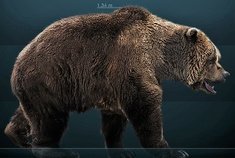
Megapredators of Ice Age Europe
At the height of the last ice age, europe supported several large carnivorous or omnivorous mammals. For each picture, label the species depicted. This can include both extinct and living species
For simplicities sake, a megapredator is a land animal over a hundred pounds (45 kg) which eats meat.
For the purposes of this quiz, Ice Age Europe is those animals alive in Europe at around 40,000 BCE, or around the time of the arrival of modern humans
Due to a scarcity of reconstructions I could find, one extinct bear species, Ursus Ingressus, is not included here.
Rate:
Last updated: July 16, 2023
You have not attempted this quiz yet.
More quiz info >>
| First submitted | July 16, 2023 |
| Times taken | 19 |
| Average score | 58.3% | Report this quiz | Report |
4:00
Enter answer here
0
/ 12 guessed
Time Used
00:00
Best Time
00:00
The quiz is paused. You have remaining.
Scoring
You scored / = %
This beats or equals
% of test takers
also scored 100%
The average score is
Your high score is
Your fastest time is
Keep scrolling down for answers and more stats ...
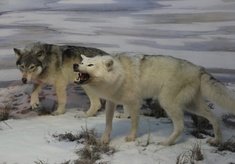
|

|

|

|

|

|

|

|
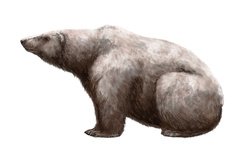
|
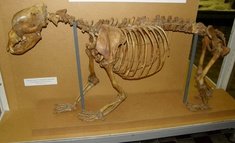
|
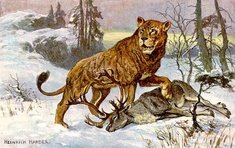
|
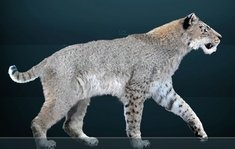
|
New and Popular
Save Your Progress
Ice Age Megafauna
Quiz series by Kearsarge
Copyright H Brothers Inc, 2008–2024
Contact Us | Go To Top | View Mobile Site

Anyways as far as my choices here: European leopards were functionally identical to modern leopards, except that their range extended into Europe. This is a pic of an Amur Leopard.
European Dholes are similar, the same as living dholes, just wolf sized. This is an indian dhole.
Neanderthals evolved in Europe, and lived there for hundreds of thousands of years. Insomuch as anything could be considered a native predator, they were one.
The Polar bear picture is one I found of Ursus maritumus Tyrannus, a dubious subspecies of polar bear that is basically just a single giant bone found in England that might not be from a polar bear at all. Even if U. m.Tyrannus wasn't a polar bear, regular polar bears were still present, and the paleoart is a decent rendition of an ice age polar bear.